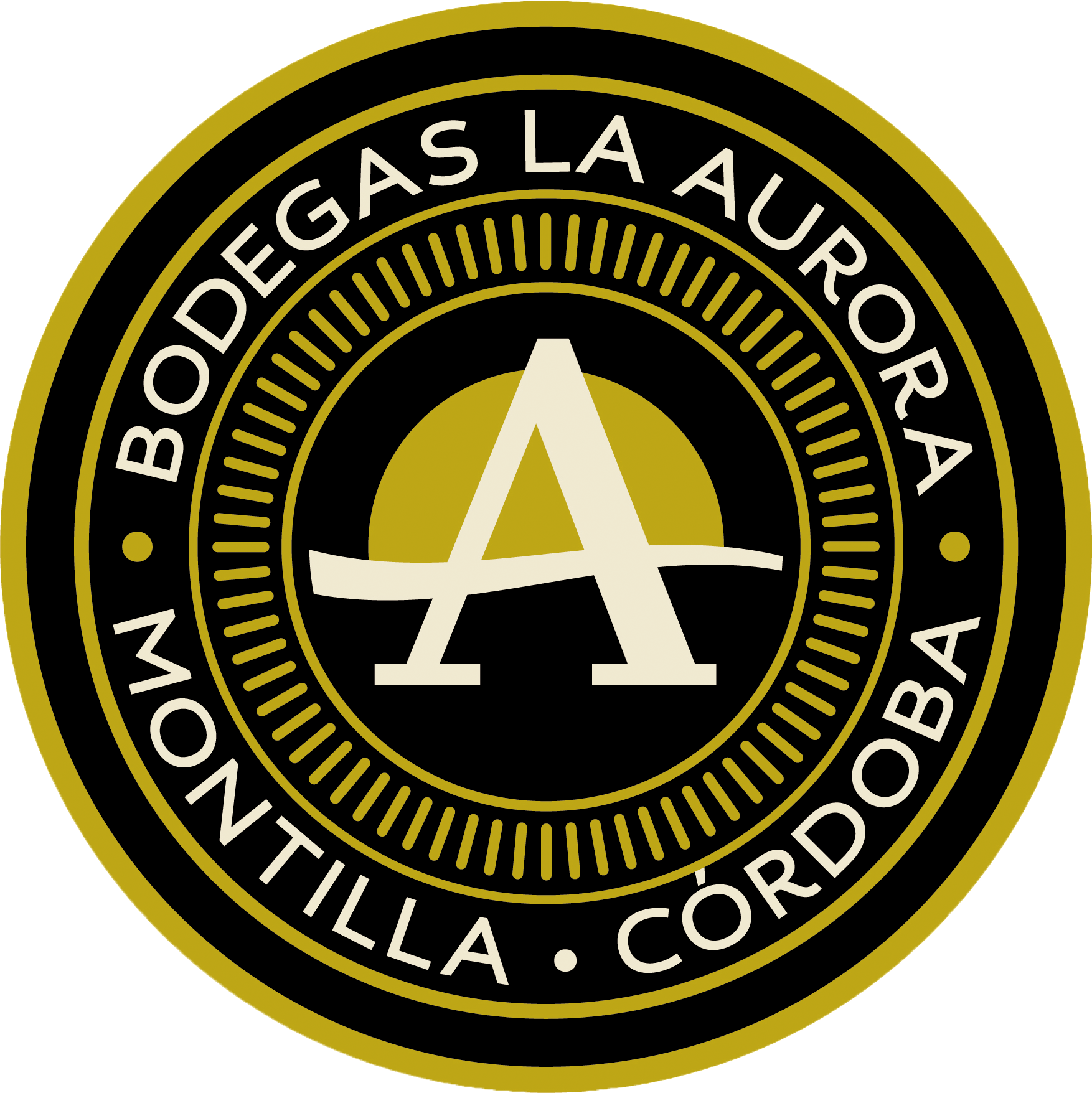The different types of pruning on the vine

Hello! In this article we continue talking about vineyard pruning, if you are more interested in this topic you can read what pruning is and the importance it has on the vine. Today we are going to explain the different types of pruning that are applied in this area of Montilla and surrounding areas.
When pruning we must take into account such important factors as the type of strain, the variety, the weather conditions or the area in which our plot is located. Although it is very difficult to summarize all this in a few words, we will try to make it as easy and understandable as possible.
Depending on the type of cepac

In this area we have two types of vine, the low vine (commonly called head or glass) and the espalier. The big difference between the two is that the lower vine is pruned from a young age so that it opens in a circle, like a kind of irregular basket, while the trellis, due to the iron and wires on which it rests, is pruned. in a straight line. Only two arms are usually left on the trellis, one to the left and one to the right.
The big problem that the low vine has against the trellis is the low or no organization, this is because in the trellis the arms that are formed have a guide that are irons and wires while, in the head vine or glass, since there is no type of guide, the arms tend to be more irregular and poorly organized, which results in less mechanization of the vineyard. Furthermore, the clusters of the low strain, being closer to the ground, are usually more exposed to diseases, one of the most important of which is rot.

The number of buds left per shoot is similar, two buds are normal. The shoot that is left on the low vine will almost always be the one facing outwards and the same thing happens on the trellis, the big difference lies in the number of arms that each one has. On the low vine there are usually at least 5, while on the trellis there are only two.
Depending on the variety
Depending on the type of strain variety, the characteristics of the shoots change, among the most important differences are: color, distance between buds and texture of the shoot.
That is why the same pruning is not applied to a Pedro Ximénez variety as to a Vidueño or a Tempranillo, although the difference is small, it exists and that is why it is more difficult to appreciate. Details such as the height and distribution of the thumbs are some of the differences that we find when changing from one variety to another.
Depending on weather conditions and area
Due to weather conditions, the type of pruning that is applied to a vine changes and sometimes they are very important changes. The plowing, the frost, the drought… this, together with the fact that the vine is located in a more delicate area of land, means that we have to vary the type of pruning.
So that you understand it better, we give you an example, when a low vine is in an area that can be flooded and due to a flood this happens, with the pruning that is applied you have to try to raise the vine so that its clusters are as far from the ground as possible. For this reason, two or three shoots with four or five buds in height are usually left; these will become new independent heads in the future, as you can see in this example photo.

In short, to say that, although the differences are small, you have to know how to distinguish them and apply them in each case. Knowing when and why comes from years of experience. A quick summary of the different types of pruning that can be extended or complemented with that of other areas if you want to collaborate through the comments. What type of pruning do you do in your vineyard? We hope you found it useful. All the best!
Bodegas La Aurora S.C.A.
Avda. de Europa, 7 Montilla Córdoba 14550
Tél: 957 650 362
Tél: 957 654 642
Email: administracion@bodegaslaaurora.com
Store Hours
- Monday - Friday:
- 9:00 - 20:00
- Saturday:
- 9:00 - 14:00
Office Hours
- Monday - Friday:
- 7:00 - 15:00
- Saturday:
- Cerrado





